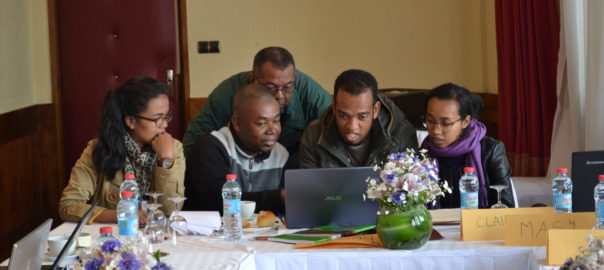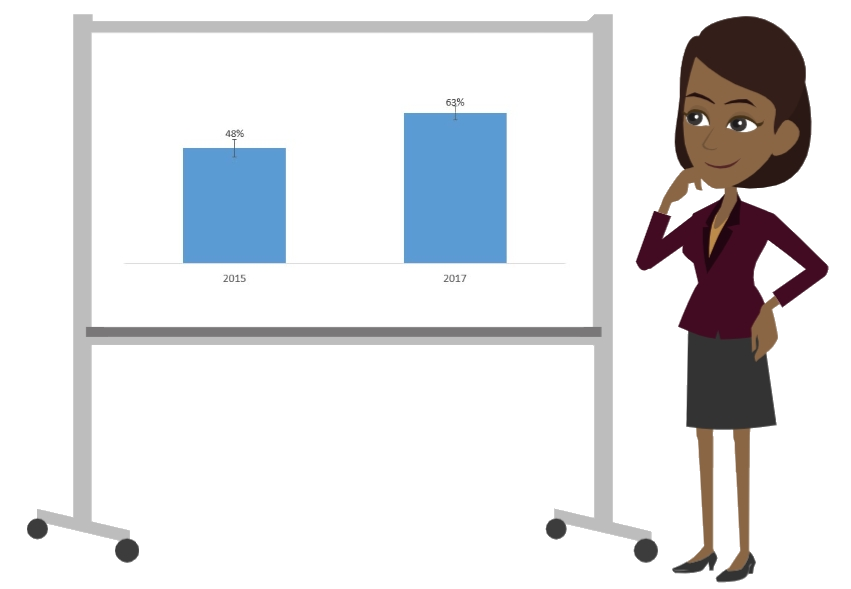New on the Learning Hub: Interpreting Malaria Trends eLearning Course

In honor of World Malaria Day, The DHS Program introduces a new open-access online course, Interpreting Trends in Malaria Indicators. The course is available on The DHS Program’s new online learning platform, the Learning Hub.
Based on an in-person Malaria Indicator Trends Workshop developed by The DHS Program in 2017, this free, self-guided course takes 2-3 hours to complete. This course is designed for malaria data users, such as professionals from National Malarial Control Programs, Ministries of Health, implementing and collaborating agencies, donor agencies, and anyone who works in malaria programming or is interested in malaria data.
The purpose of this course is to increase the capacity of participants to understand and interpret trends in malaria indicators from population-based household surveys to answer key malaria programmatic questions.

In Interpreting Trends in Malaria Indicators, participants will learn:
- Sampling and weighting techniques used by The DHS Program
- How sampling errors are displayed in DHS final reports
- To accurately interpret a malaria case study for programmatic decision making
- To generate graphics of malaria trends using Excel
To take this course, create an account on The DHS Program Learning Hub. It’s free; just choose a username and password. Then register for the course and start learning!
This new course on malaria trends complements existing malaria resources offered by The DHS Program, including another free, self-guided course, Measuring Malaria through Household Surveys, available on the Global Health eLearning Center platform in English and French. Measuring Malaria takes 2-3 hours to complete and provides an overview of key malaria indicators collected through household surveys. Since Measuring Malaria covers data collection, calculation, and interpretation of key malaria indicators, taking it first can lay a strong foundation before taking Interpreting Trends in Malaria Indicators.
For World Malaria Day, explore malaria indicators using The DHS Program’s malaria mini-tool and read the newly revised Malaria Indicator Survey questionnaires. Or use STATcompiler to visualize key malaria indicators globally such as household ownership and use of insecticide-treated nets.
Featured image: © ICF

